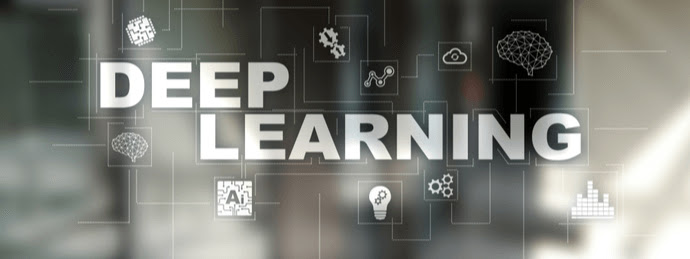Deep learning has become a groundbreaking method for picture categorization because of its exceptional capacity to autonomously acquire complex patterns and features from data. Deep learning excels in picture categorization due to many crucial factors:
Hierarchical Feature Representation
Deep learning models, specifically convolutional neural networks (CNNs), are designed to autonomously acquire hierarchical representations of data. These networks are composed of numerous layers, with each layer capturing distinct degrees of abstraction. The hierarchical technique enables the model to acquire rudimentary characteristics such as edges and textures in the first levels, eventually advancing towards intricate and conceptual aspects in the subsequent layers.
Flexibility with Varied Data
Deep learning models provide the capacity to adjust and accommodate a broad range of visual data without requiring laborious human feature engineering. Conventional computer vision techniques sometimes need the involvement of human specialists to devise distinct characteristics for various picture categories, resulting in a laborious and less efficient process. Conversely, deep learning models acquire significant characteristics straight from the data, making them adaptable and proficient in managing various datasets.
Scale and Complexity
Deep learning models excel when trained on extensive datasets. With the growth of tagged picture data, deep learning algorithms improve their ability to identify patterns and make precise predictions. The capacity to scale is especially beneficial in jobs involving picture classification, since there are often vast datasets available, enabling deep learning models to reach exceptional performance.
Transfer Learning
Deep learning enables the use of transfer learning, a method in which a pre-trained model on a vast dataset may be adjusted for a particular task using a smaller dataset. This is very advantageous for picture classification, particularly in situations when gathering extensive labeled datasets is difficult. Transfer learning allows the use of acquired information from one activity to enhance performance on a related one, resulting in time and computing resource savings.
End-to-End Learning
Deep learning models facilitate end-to-end learning, which refers to their ability to acquire knowledge directly from unprocessed input data in order to generate the intended output. Within the realm of picture classification, this obviates the need for human extraction of pertinent features, since the model acquires the ability to automatically extract and amalgamate features throughout the training procedure. The use of an end-to-end learning method streamlines the whole process and often yields outcomes that are more precise.
State of the Performance
Art Current advancements in deep learning, particularly convolutional neural networks (CNNs), have repeatedly shown the highest level of performance across a range of image categorization benchmarks. Their exceptional capacity to catch detailed features and comprehend sophisticated patterns has established new benchmarks for precision, becoming them the preferred option for several image recognition jobs.
Deep learning's success in image classification can be attributed to its ability to autonomously acquire hierarchical representations, adapt to various datasets, handle large amounts of data, facilitate transfer learning, enable end-to-end learning, and consistently achieve exceptional performance. The combination of these features establishes deep learning as a potent and adaptable technique in the realm of computer vision.
Thanks for Reading. Please comment your views to help me improve my content.
ReplyDelete